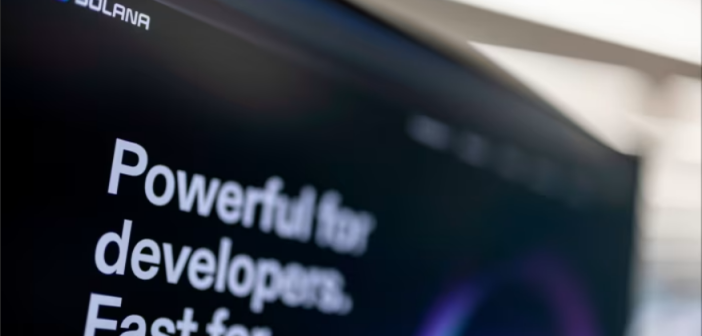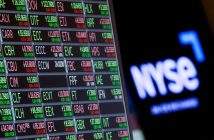Big banks are embracing a major shift through the Solana R3 partnership, announced on May 22, 2025. This collaboration between R3 and the Solana Foundation aims to tokenize global stocks, bonds, and funds on the Solana blockchain, marking a significant step in merging traditional finance (TradFi) with decentralized finance (DeFi). The Solana R3 partnership highlights Solana’s growing role in institutional adoption, while R3’s expertise in regulated financial networks ensures compliance and security. Key players like HSBC and Bank of America are involved, signaling a shift toward public blockchains for financial markets.
R3 and Solana Foundation Join Forces
R3, a UK-based blockchain developer, has partnered with the Solana Foundation to bring its $10 billion in tokenized assets onto Solana’s public blockchain. This deal, reported by the Financial Times, allows R3’s clients—including HSBC, Bank of America, the Italian Central Bank, and the Monetary Authority of Singapore—to leverage Solana’s infrastructure. Solana Foundation President Lily Liu joins R3’s board, and the Foundation has made an undisclosed investment in R3, indicating a deep strategic alignment. This move underscores the Solana R3 partnership as a bridge between private and public networks.
Tokenization: A Game-Changer for Global Markets
Tokenization, the process of converting real-world assets like stocks and bonds into digital tokens, is a key focus of this partnership. Proponents argue it can open new markets, speed up settlement times, and reduce costs. R3’s Corda platform, traditionally a private blockchain, will now connect directly to Solana, enhancing transaction efficiency while allowing clients to choose between public and private ledgers. This flexibility ensures compliance for regulated institutions while tapping into Solana’s scalability. The deal aligns with the growing institutional appetite for blockchain technology, as seen with BlackRock’s tokenized fund, which has grown to $2.8 billion in 2025.
Solana’s Rise in Institutional Adoption
Solana’s selection over competitors like Ethereum highlights its advantages in speed, cost, and scalability—crucial for large-scale financial applications. Despite its association with memecoins like those launched by Donald and Melania Trump, Solana is gaining credibility in TradFi. Jens Hachmeister from Clearstream called this a “generational shift in how value moves.” However, Solana’s history of network congestion during peak activity raises questions about its readiness for massive institutional adoption, though upcoming upgrades like Solaxy 2 aim to address this. Posts on X reflect excitement, noting Solana’s integration with $19 billion in tokenized assets and stablecoin activity, such as Circle minting $1.5 billion in USDC on Solana this month.
Challenges and Future Outlook
While the partnership is a win for blockchain technology, challenges remain. R3 reported a £54.6 million loss in 2023 despite revenue growth, raising questions about its financial stability. Additionally, the regulatory landscape for public blockchains is evolving, with industry bodies advocating for better treatment of tokenized assets, as noted in recent web reports. The convergence of TradFi and DeFi through Solana and R3 could redefine capital markets, but success hinges on overcoming technical and regulatory hurdles. As Liu stated, public blockchains are now built to scale for global financial assets.




